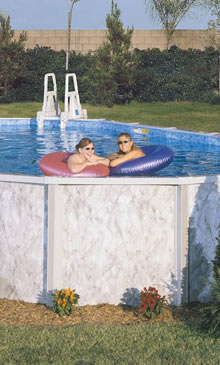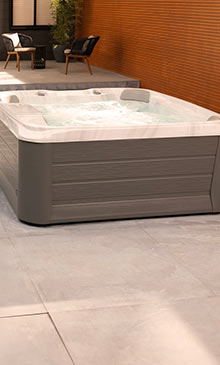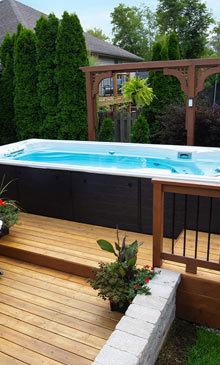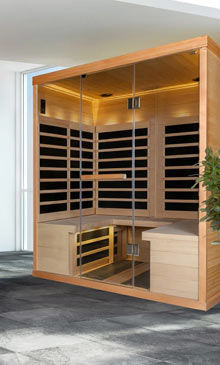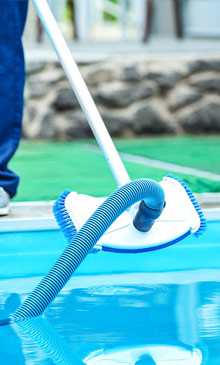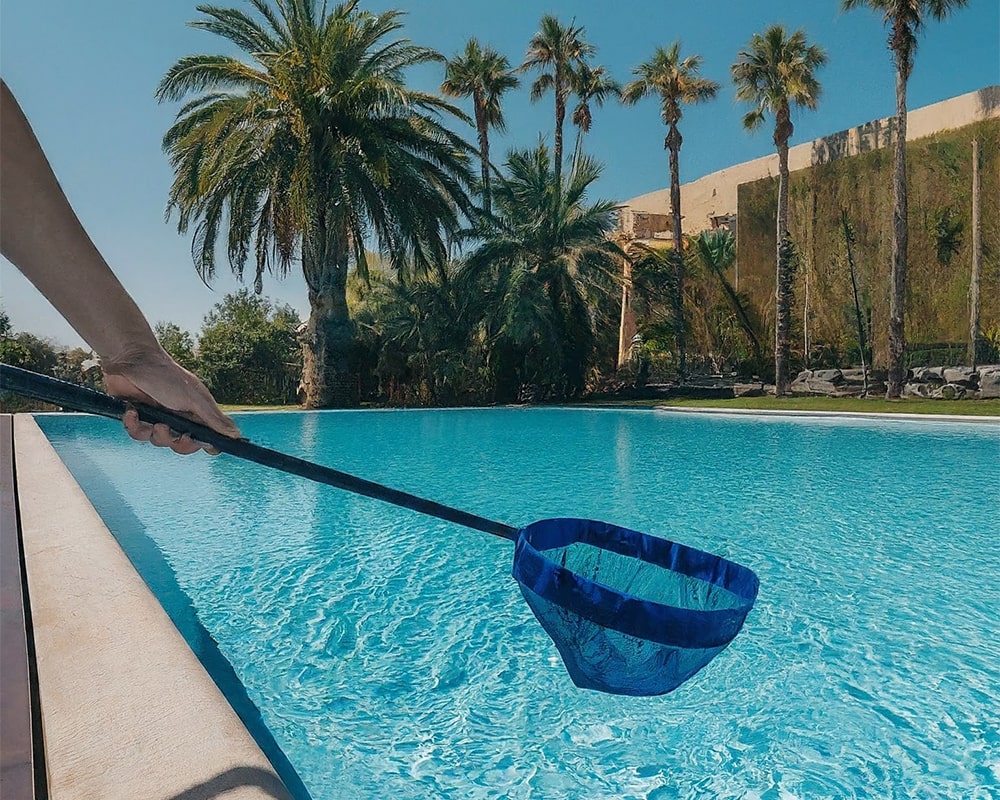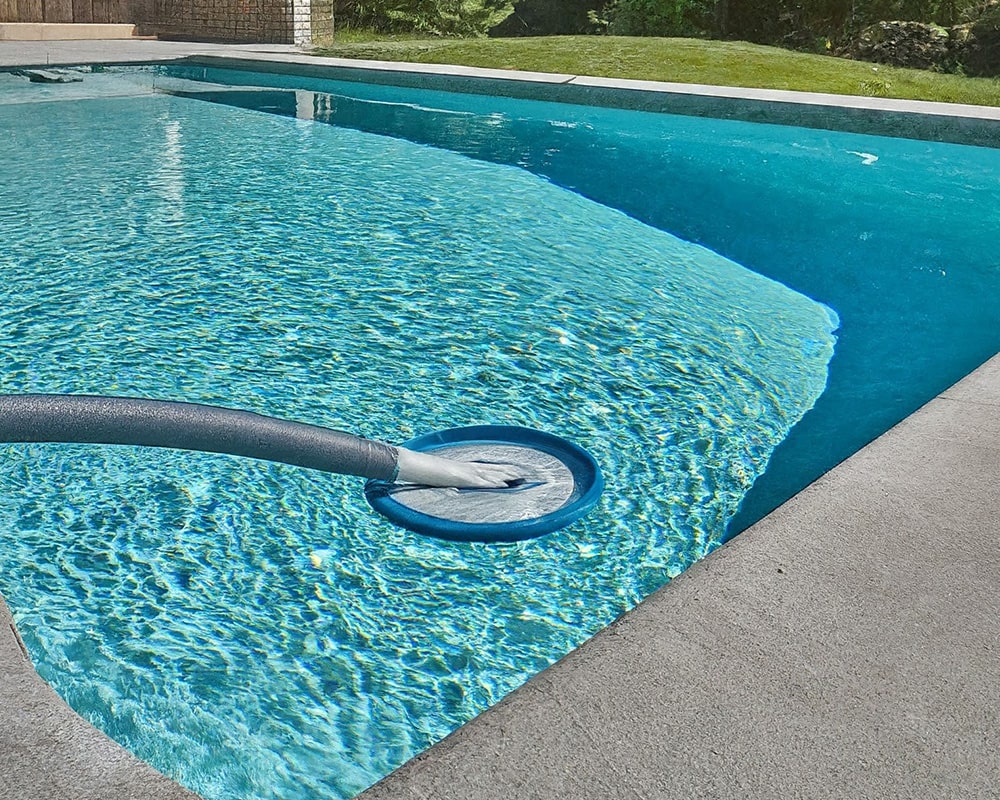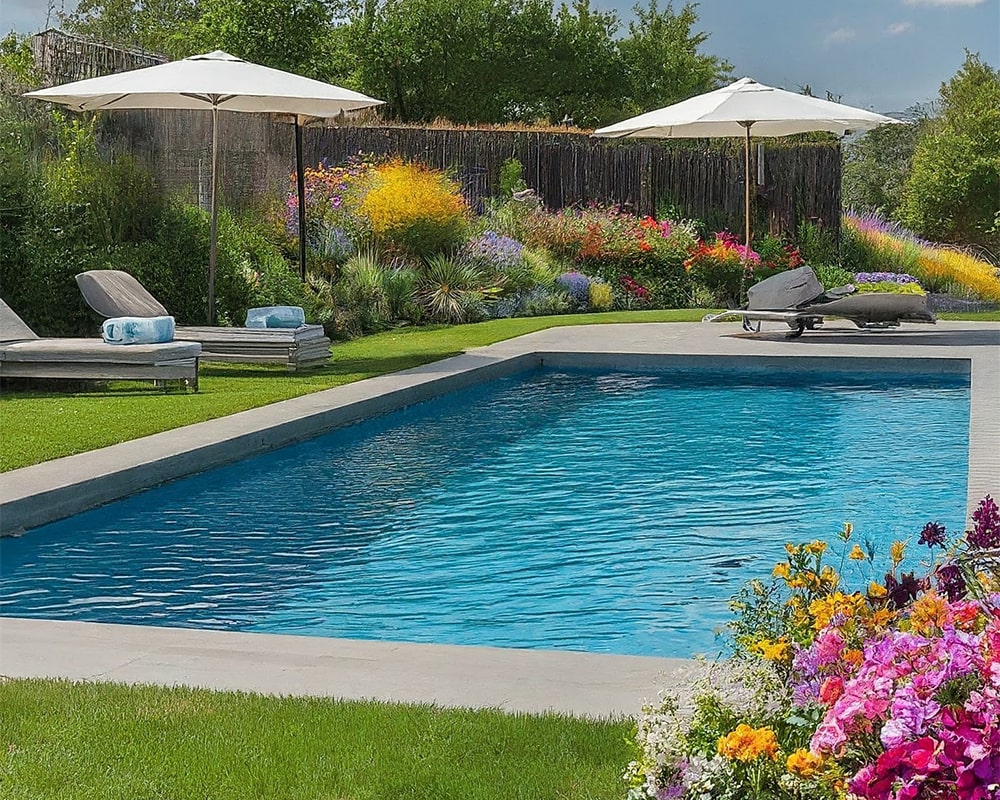July marks the pinnacle of swimming season, bringing with it the most demanding period for pool care. Mid-summer pool maintenance requires a fundamentally different approach than spring opening or fall closing routines. With soaring temperatures, increased bather loads, and frequent weather disruptions, pool owners face unique challenges that demand heightened vigilance and adjusted maintenance protocols.
Understanding why mid-summer pool maintenance differs from other seasons is crucial for maintaining crystal-clear water during peak usage. The combination of intense UV exposure, higher water temperatures, and maximum swimmer activity creates a perfect storm of maintenance challenges that, if not adequately addressed, can quickly transform your backyard oasis into a problematic green lagoon.
Understanding Mid-Summer Pool Challenges
Mid-summer pool maintenance becomes significantly more complex due to multiple environmental and usage factors working simultaneously. The primary challenge stems from increased usage, which introduces substantially more contaminants into the water. Each swimmer brings sunscreen, body oils, sweat, and various organic compounds that rapidly consume available chlorine and disrupt water chemistry balance.
Weather-related stressors compound these challenges considerably. Intense UV radiation breaks down chlorine at an alarming rate, with research showing that ultraviolet radiation from the sun can reduce chlorine by up to 90 percent in just two hours on bright, sunny days. Higher water temperatures accelerate chemical reactions and create ideal conditions for bacterial and algae growth, with most algae species growing faster when water temperature is between 77°F and 88°F.
Summer thunderstorms present additional complications by introducing debris, diluting chemical levels, and potentially contaminating water with runoff. These weather events can rapidly upset carefully maintained water balance, requiring immediate corrective action to prevent water quality deterioration.
Chemical balance fluctuations become more pronounced during mid-summer as pH levels swing dramatically due to heavy usage and temperature variations. Total alkalinity shifts affect water stability, while calcium hardness changes in hot weather can lead to scaling or corrosion issues if not properly managed.
Ramping Up Your Pool Care Routine
Effective mid-summer pool maintenance requires significantly more frequent attention than other seasons. Daily routines must be enhanced to address the accelerated pace of water quality changes. Testing chlorine levels twice daily becomes essential during peak usage, as morning readings may bear little resemblance to afternoon levels after sun exposure and swimmer activity.
Skimming requires multiple sessions throughout the day rather than a single morning routine. Morning, midday, and evening skimming helps manage the constant influx of debris from wind, swimmers, and environmental sources. Skimmer baskets fill more rapidly during summer months and require frequent checking and emptying to maintain proper water circulation.
Weekly deep maintenance tasks must be intensified to match the season’s demands. Pool walls and steps should be brushed two to three times per week instead of the typical once-weekly routine. The combination of higher temperatures and increased organic load creates more opportunities for algae attachment and biofilm formation on pool surfaces.
Vacuuming schedules need adjustment to handle increased debris from heavy usage and summer weather patterns. Many pool owners find that mid-week vacuuming becomes necessary in addition to weekend cleaning sessions. Filter backwashing requires more frequent attention as filters work harder to process higher contaminant loads, often necessitating twice-weekly backwashing during peak season.
Equipment monitoring becomes critical as pumps and filters operate under increased stress. Runtime may need to be extended during the hottest periods to ensure adequate circulation and filtration. Inspecting equipment for heat-related stress helps prevent costly mid-season breakdowns when pools are used most heavily.
Handling Peak Swimming Traffic
Successfully managing heavy swimming traffic during mid-summer pool maintenance requires both proactive preparation and reactive adjustments. Pre-swimming preparation can significantly reduce the contaminant burden on pool systems. Encouraging swimmers to take quick rinses before entering helps remove sunscreen, lotions, and surface dirt that would otherwise consume chlorine and cloud water.
Managing sunscreen application timing can minimize its impact on water chemistry. Advising swimmers to apply sunscreen at least 15-20 minutes before entering allows products to properly bind to skin rather than immediately washing off into the pool. Setting reasonable capacity limits based on pool size helps prevent overwhelming the system’s ability to maintain water quality.
During peak usage periods, real-time monitoring becomes essential. The CDC recommends testing pH and disinfectant levels at least twice daily, with hourly testing when pools experience heavy use. Adding sanitizer boosters during busy periods helps maintain adequate disinfection levels despite increased demand.
During heavy use, pH management requires particular attention, as swimmer activity drives pH levels upward. Having pH adjustment chemicals readily available allows for quick corrections before levels become problematic. Extended filtration cycles following parties or large gatherings help process the increased contaminant load and restore water clarity.
Post-usage recovery protocols are crucial for maintaining water quality. Immediate shocking after heavy use days helps oxidize accumulated organic compounds and restore sanitizer effectiveness. Testing and adjusting water chemistry within 24 hours of peak usage prevents slight imbalances from developing into major problems that could force pool closure.
Weather Management Strategies
Mid-summer pool maintenance must account for the weather’s significant impact on water chemistry and pool conditions. Pre-storm preparation helps minimize disruption to carefully maintained water balance. Securing loose pool equipment and furniture prevents these items from becoming debris that could damage pool surfaces or contaminate water.
Checking chemical levels before storms allows for preemptive adjustments that can help water weather the disruption. Ensuring proper water level accommodates anticipated rainfall prevents overflow issues while maintaining proper skimmer operation for post-storm cleanup.
Post-storm recovery requires immediate attention to prevent lasting water quality issues. Debris removal must be completed quickly to prevent organic matter from decomposing and consuming chlorine. If not promptly removed, leaves and other organic debris can rapidly deplete sanitizer levels and provide nutrients for algae growth.
Rebalancing chemicals diluted by rainwater typically requires comprehensive testing and adjustment. Rainfall can significantly lower chlorine levels while potentially altering pH and alkalinity levels. Shocking after storms helps eliminate potential contaminants introduced by runoff and restores water sanitization to appropriate levels.
Heat wave management presents unique challenges requiring adjusted maintenance approaches. Increased chlorine levels help compensate for accelerated UV breakdown during extended periods of intense sunlight. Running equipment during cooler morning and evening hours reduces strain on mechanical components while maintaining necessary circulation and filtration.
Troubleshooting Common Mid-Summer Issues
Mid-summer pool maintenance inevitably involves addressing issues that rarely occur during other seasons. Algae prevention becomes paramount as warm temperatures and abundant sunlight create ideal growth conditions. Early identification of algae blooms allows for aggressive treatment before problems become entrenched and difficult to resolve.
Green algae typically appears first as a slight clouding or green tint in water, while black algae manifests as dark spots on pool surfaces, particularly in shaded areas. Yellow or mustard algae often resemble dirt or sand but have a distinctly slimy texture when brushed. Each type requires specific treatment approaches, with black and yellow algae proving remarkably resistant to standard chlorination.
Aggressive treatment protocols for summer algae often require shocking to significantly higher levels than typical maintenance doses. Brushing affected areas before and after chemical treatment helps disrupt algae attachment and improves treatment effectiveness. Preventive measures during peak growth conditions include maintaining consistently higher chlorine levels and ensuring adequate circulation to prevent stagnant areas where algae can establish.
Cloudy water solutions must address causes specific to heavy usage periods. High bather loads often overwhelm pool filtration systems, leading to suspended particles that create cloudy conditions. Quick clarification techniques using flocculants can rapidly clear water by binding small particles into larger masses that filters can capture effectively.
Equipment strain management becomes critical as pumps and filters work harder during peak season. Recognizing signs of overworked equipment—such as reduced flow rates, unusual noises, or frequent tripping of circuit breakers—allows for timely intervention. Temporary runtime adjustments can provide relief while maintaining adequate water circulation and filtration.
Master Mid-Summer Pool Maintenance for Maximum Enjoyment
Mid-summer pool maintenance demands a proactive, intensified approach that differs significantly from other seasonal care routines. Combining peak usage, intense weather conditions, and optimal biological growth temperatures creates challenges that require constant vigilance and adapted maintenance protocols.
Implementing these mid-summer pool maintenance strategies will help keep your pool safe and clean, but sometimes professional expertise makes all the difference. Whether you’re dealing with persistent algae issues or equipment strain, or simply want to enjoy your summer without constant maintenance, Royal Pools & Spas is here to help.
Our experienced team understands the unique challenges of mid-summer pool care and can provide everything from pool maintenance services to equipment upgrades that make pool ownership easier. Visit one of our three showrooms to explore solutions, or contact us today to discuss how we can help you achieve crystal-clear water throughout the season’s most demanding months. Don’t let maintenance challenges keep you from enjoying your backyard oasis—let Royal Pools & Spas handle the work while you focus on making memories with family and friends.
